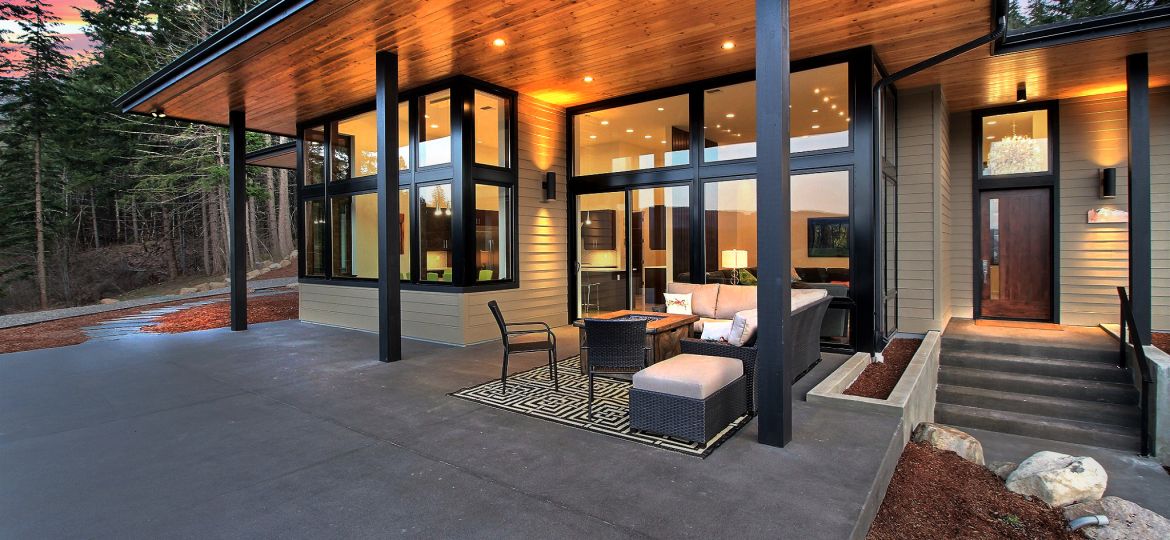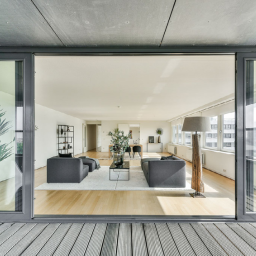Introduction:
Adobe Photoshop is a versatile powerhouse that empowers creatives to bring their visions to life. Whether you’re a seasoned professional or a beginner, mastering the tips and tricks of Photoshop can significantly enhance your workflow and creative output. In this blog post, we’ll explore some essential tips and tricks to help you navigate the vast world of Adobe Photoshop more efficiently.
Customizing Workspace:
Tailor your workspace to suit your needs by rearranging panels, creating custom workspaces, and utilizing keyboard shortcuts. This can streamline your workflow and improve overall efficiency.
Smart Objects for Non-Destructive Editing:
Convert layers to Smart Objects to maintain the original quality of your images. This allows for non-destructive editing, enabling you to make adjustments without compromising the source content.
Utilize Keyboard Shortcuts:
Learn and incorporate keyboard shortcuts into your workflow to save time. Shortcuts like Ctrl+Z for undo, Ctrl+T for free transform, and Ctrl+J for duplicating layers is essential for a faster and more fluid editing process.
Master the Pen Tool:
The Pen Tool is a powerful asset for creating precise selections and paths. Invest time in mastering its functionalities for accurate outlining, shape creation, and creating complex selections.
Blend Modes for Creative Effects:
Experiment with different blend modes to create unique and artistic effects. Overlay, Multiply, and Screen are just a few examples that can drastically alter the appearance of your layers.
Layer Masks for Seamless Blending:
Layer masks allow for precise control over the visibility of specific parts of a layer. Use masks to blend images seamlessly, create selective adjustments, and achieve polished, professional results.
Create and Utilize Custom Brushes:
Expand your creative toolkit by experimenting with custom brushes. You can either download brushes from online resources or create your own. Custom brushes add texture and depth to your designs, especially in digital painting and digital retouching.
Gradient Maps for Color Grading:
Enhance the mood and atmosphere of your images with Gradient Maps. This tool allows you to apply creative color grading by mapping specific colors to the tonal range of your image.
Save Presets for Efficiency:
When you find a combination of settings that you frequently use, save them as presets. This applies to brushes, layer styles, gradients, and more. Presets can be a huge time-saver, ensuring consistency across your projects.
Use Actions for Repetitive Tasks:
Automate repetitive tasks by creating and using Photoshop actions. Actions record a series of steps that you can apply to multiple images, saving you time and effort.
Content-Aware Fill and Scale:
Take advantage of Content-Aware features for seamless object removal or filling in gaps. Additionally, use Content-Aware Scale to resize images without distorting important elements.
Stay Organized with Layer Groups and Naming:
Maintain a tidy workspace by organizing layers into groups and giving them descriptive names. This not only makes your project more manageable but also aids collaboration and future editing.
Conclusion:
Adobe Photoshop is a dynamic tool that continues to evolve, offering endless possibilities for creative expression. By incorporating these tips and tricks into your workflow, you’ll not only enhance your efficiency but also unlock new avenues for creativity. So, dive into Photoshop, experiment fearlessly, and let your imagination run wild!









